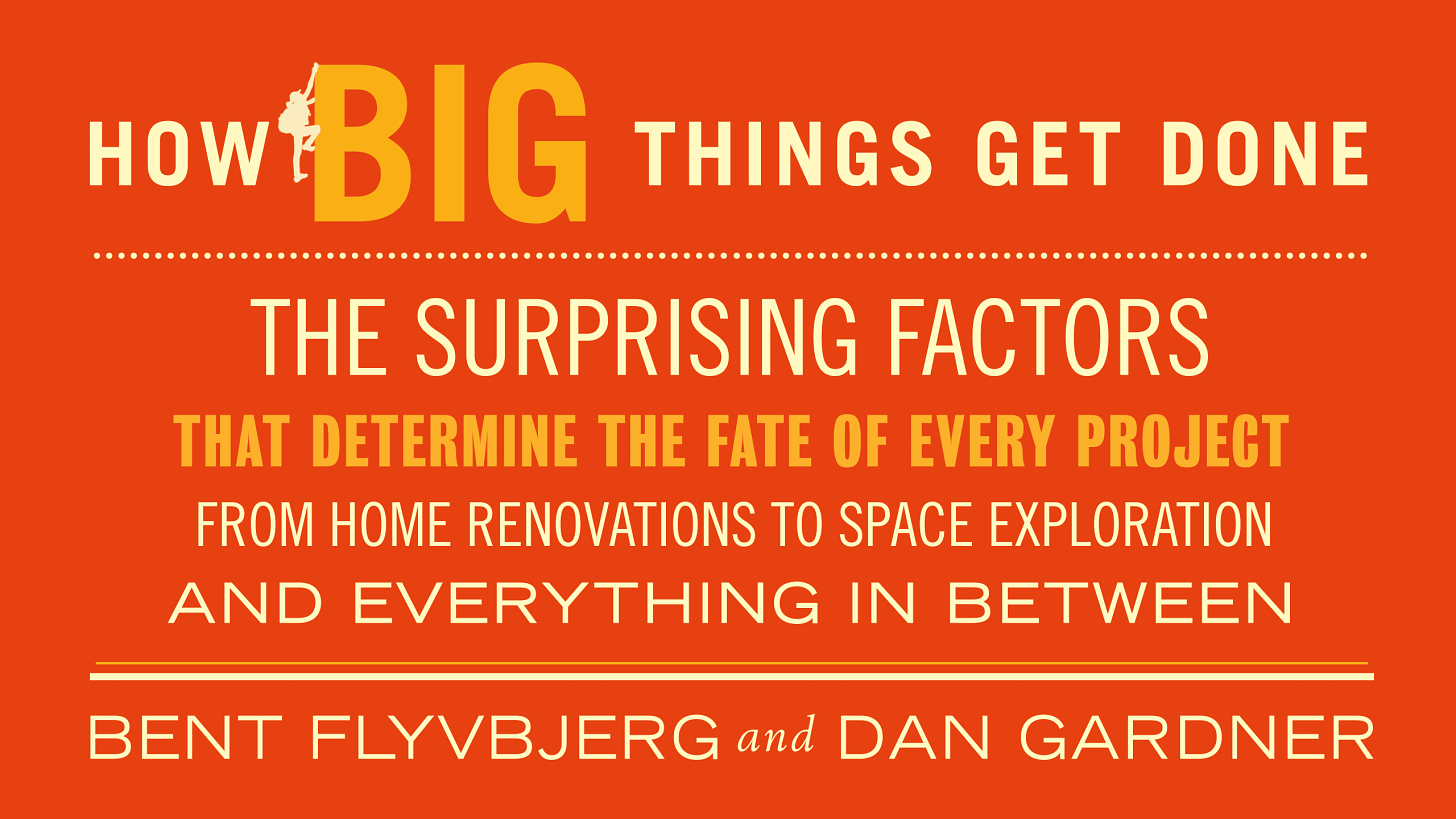Decomposing complexity, Growing as a TPM, Think slow act fast
Welcome to 📮Monday TPM Field Dispatch 004 - Shortform thoughts on tech program management + curated content for further exploration, delivered every Monday to your inbox to kickstart your week.
1️⃣ Decomposing Complexity / Boxes and Arrows
Everything is a system; large complex systems are compositions of smaller systems coming together.
Ex: A simple account login UI is built UI frameworks, backend, security and networking systems. I am over simplifying but it’s for illustration only.
Building pragmatic execution plans requires that you as a Technical Program Manager excel at decomposing complex systems into its many simpler parts.
🔔 Part of the 30-60-90 plan when you start as a TPM with any team, stack, or company is to have an engineer partner or team member decomposing the entire tech stack for you.
How? Boxes and Arrows.
Simple. Just sit down and understand all the smaller systems that come together to become the big powerful machinery that you will be implementing and executing grand strategies on.
Over time, you must start to develop this skill of decomposition because this approach to systems thinking will help you make more effective execution plans by breaking things down into manageable smaller pieces.
🔔 This skill will also make you stand out from the crowd as someone who can dive into a complex and ambiguous scenario and quickly create clarity and focus for product development teams.
I have written brief about how I approach breaking down systems (and work) in a previous post that you can read here:
How to create great project plans
2️⃣ Growing as a TPM
All learning transitions between two modes (Bloom’s Taxonomy):
High-Order thinking - Analyzing, Evaluating, Creating
Low-Order thinking - Understanding, Applying, Remembering
When you are starting off your career in Technical Program Management, you are operating on the low-order thinking spectrum. Your goal is to acquire knowledge, understand how to apply it and remember how to do it again and again.
Overtime, you will need to continue your skills development to transition into the high-order thinking mode where you are able to read a situation, analyze and craft a solution for that situation.
Your career progression will depend in large part on this transition between low to high order thinking. The most common attribute of all Great TPMs that I have worked with is that overtime you can drop them into any situation and they will quickly develop solutions to push things forward, towards success.
💭 Observation: Many TPMs will struggle with this transition for various reasons and find a stall in their career trajectory. How to overcome this will be an individual journey but necessary for future growth.
Further Reading: Bloom's Pyramid + Bloom’s Taxonomy
3️⃣ Think Slow, Act Fast
Creating is an act in two stages:
Thinking
Acting
Doesn’t matter if you are building a large skyscraper, high-speed rail or the next iPhone. It is simply thinking and acting.
Being agile is all about speed.
Faster releases means faster feedback.
Faster feedback means faster solutions.
Faster solutions means faster decisions.
Faster decisions might just mean… more revenue.
The fundamental flaw of present day agile thinking is that anything “slow” means waterfall. It means stagnation, slower decisions, slower feedback, meaning out-dated failures; avoid at all costs.
“We don’t need to figure out everything, we do agile, not waterfall.”
Hallmark of every great successful engineering program I have worked on is: thinking slow and acting fast.
At Apple, we had a saying that you must go slow to go fast.
I am currently reading “How Big Things Get Done” by Bent Flyvbjerg (Author), Dan Gardner (Author). The central premise of their very first chapter is this notion of think slow, act fast as the secret to successfully completing big projects
Building complex systems requires thought, care, and understanding; to be successful as a TPM, to be agile, to ship big grand strategies, you have to ensure that your team is spending the right amount of time to think through the what it is you need to do. Resist all temptation to dive into work unless it is a POC that will lead to more thinking.
Slowing down to think doesn’t make it waterfall or anti-agile.
Put it another way: if you push crap through a very fast pipe, you will get crap at the end, not gold.
How was this week’s newsletter?
If you enjoy and love reading what I write, perhaps you know someone who could also enjoy and love reading these essays and dispatches. Share this with your friends and colleagues and lets grow together. 🙏 ☺️ ❤️
You can suggest topics or questions for me to write about in the future. It could be something you are curious about or maybe something you're struggling with right now.




